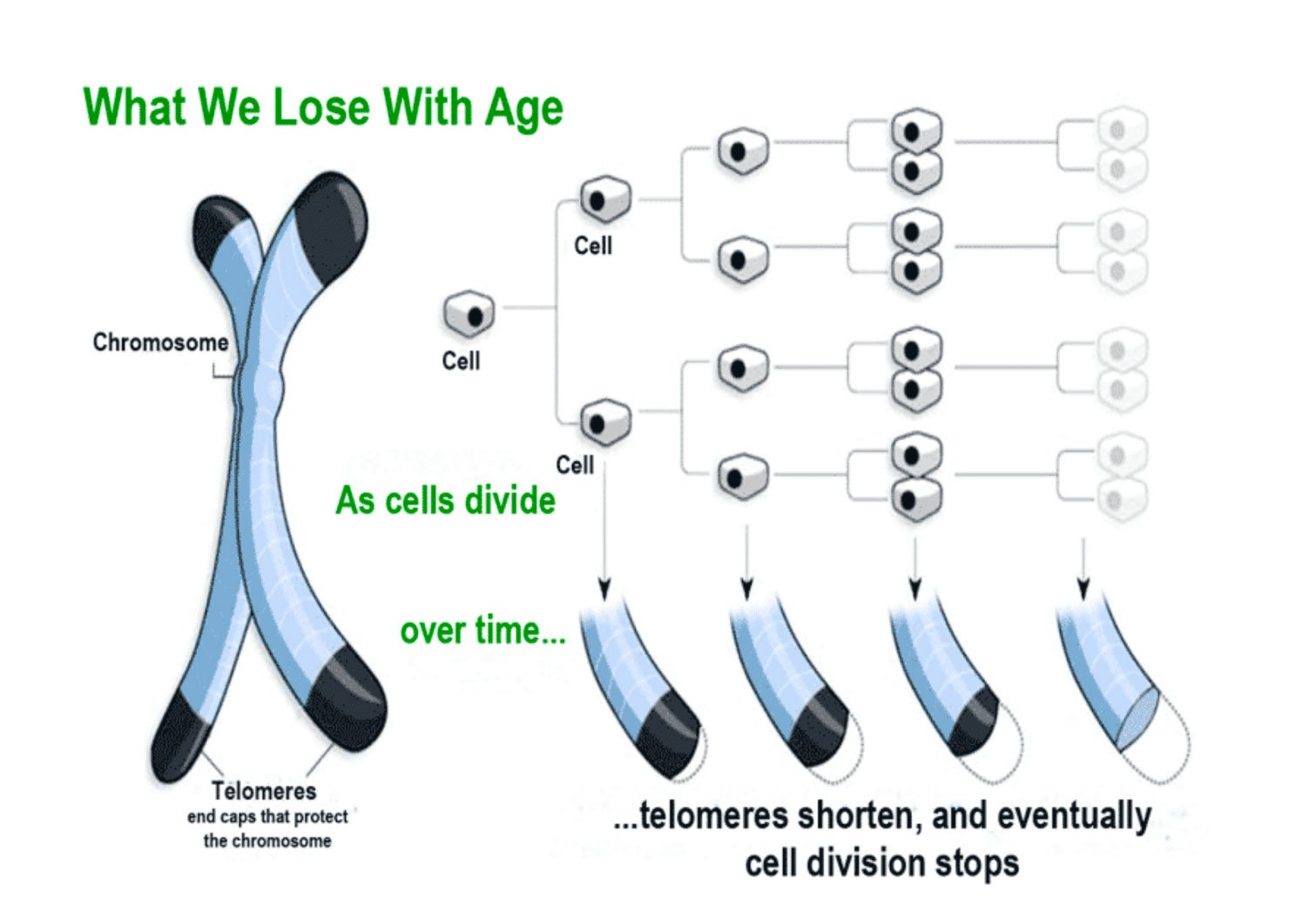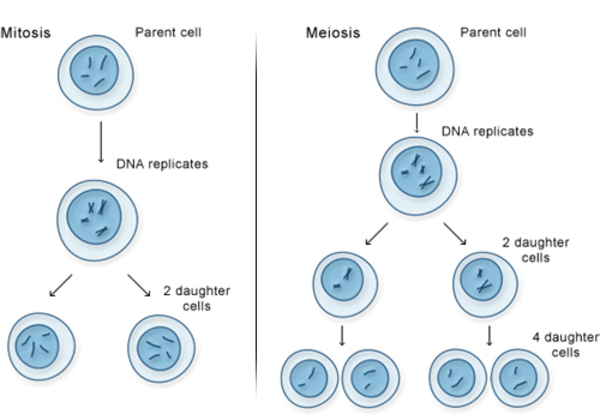Hayflick limit | 20 Aug 2024
Why in News?
The recent death of Leonard Hayflick, a prominent biomedical researcher has brought renewed attention to his groundbreaking discovery, known as the Hayflick limit.
- This discovery fundamentally altered the understanding of ageing, challenging the previous belief that ageing was solely influenced by external factors such as disease, and environmental conditions.
What is the Hayflick Limit?
- About: Leonard Hayflick, in the 1960s discovered that somatic (non-reproductive) cells can only divide approximately 40-60 times before they stop dividing, a phenomenon known as cellular senescence (those that have stopped dividing).
- This cessation (ceasing) of cell division, which leads to the accumulation of senescent cells, is posited to be a key factor in ageing. As more cells stop dividing, the body begins to age and experience decline.
- The Hayflick limit suggests that there is an inherent cellular clock in organisms, including humans, determining the maximum lifespan.
- For humans, this limit is estimated to be around 125 years, beyond which no external factors or genetic modifications can extend life.
- Comparison of Species: Hayflick and other scientists documented the Hayflick limits in various animals.
- For example, cells of Galapagos turtles, which can live for over 200 years, divide approximately 110 times before reaching senescence.
- In contrast, laboratory mice cells become senescent after just 15 divisions, correlating with their much shorter lifespans.
- Further Studies: In the 1970s, researchers discovered telomeres, which are repetitive Deoxyribonucleic Acid (DNA) sequences at the end of chromosomes that protect them during cell division.
-
With each cell division, telomeres become shorter until they reach a critical length, signalling the end of cell division and contributing to ageing.
- While telomere shortening is linked to ageing, the exact correlation between telomere length and lifespan is not straightforward. For instance, Mice have longer telomeres than humans but live significantly shorter lives.
- Some researchers argue that telomere loss and the Hayflick limit are not direct causes of ageing but symptoms of the ageing process.
-
Note: In the 1980s, scientists discovered a protein called telomerase that can produce new telomeres. This protein is active in cancer cells, allowing them to bypass the Hayflick limit and continue dividing indefinitely. This is why, as Hayflick himself said, cancer cells are not subject to the Hayflick Limit.
- However, telomerase is primarily active in cancer cells, complicating its potential use in healthy cells.
- Although scientists have synthesised telomerase and some in vitro studies have indicated they may slow down telomere loss in normal human cells, practical application remains distant.
What is Cell Division?
- About: Cell division is a fundamental biological process where a parent cell divides to form two or more daughter cells. This process is critical for growth, repair, and reproduction in living organisms.
- Cell division in humans occurs through two main processes: mitosis and meiosis.
- Mitosis: This is the process through which somatic (body) cells divide.
- Mitosis results in two daughter cells, each with the same number of chromosomes as the original cell. It is crucial for growth, tissue repair, and asexual reproduction in unicellular organisms.
- Mitosis is a highly regulated process that ensures genetic consistency in somatic cells.
- Meiosis: This type of cell division is specific to the formation of gametes (sperm and egg cells).
- Meiosis reduces the chromosome number by half, creating four non-identical daughter cells, each with 23 chromosomes.
- This reduction is essential for maintaining the species' chromosome number across generations.
- Meiosis also introduces genetic variation through processes like crossing over and independent assortment (different genes independently separate from one another during the development of reproductive cells).
- Meiosis reduces the chromosome number by half, creating four non-identical daughter cells, each with 23 chromosomes.
UPSC Civil Services Examination, Previous Year Question (PYQ)
Prelims
Which one of the following statements best describes the role of B cells and T cells in the human body?(2022)
(a) They protect the environmental allergens. body
(b) They alleviate the body’s pain and inflammation.
(c) They act as immunosuppressants in the body.
(d) They protect the body from diseases caused by pathogens.
Ans: (d)


